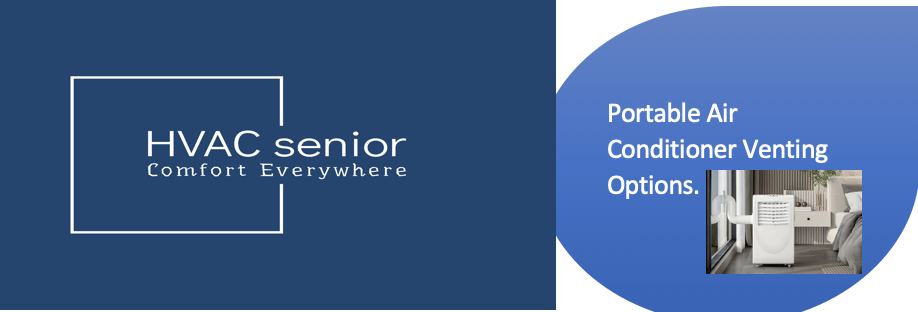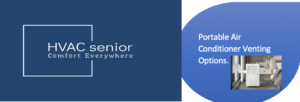Black dust around air vents [Solved].
Ever pondered about the ominous black substance emerging from your air conditioner vents or the dark dust accumulating on your ceiling and ducts? Well, that’s black mold, and allowing it to linger is far from safe or hygienic. Bid it farewell promptly.
The black dust emanating from air vents poses a myriad of health risks, including eye irritation, persistent sneezing, throat discomfort, and breathing difficulties.
At a glance: Black dust around air vent can be caused by Dust and Dirt Accumulation, Mold Growth,Combustion Byproducts, Filter Issues,Candle or Incense Residue.
The presence of black dust around air vents serves as an alarming indicator. Despite its seemingly inconspicuous nature, this small adversary poses a genuine threat to your overall health and well-being. Today, we’ll delve into the methods for eliminating black dust around air vents.
Also read>>>Ventilation For Ceiling.
Black Mold – What Is It?
Known colloquially as black mold, Stachybotrys chartarum is a distinct type of mold or fungi easily recognizable by its characteristic color. While most molds tend to be gray or green, black mold stands out with its dark greenish to nearly black or dark gray hue.
With a slimy appearance, black mold thrives on moisture. Its detrimental impact on health arises from the release of allergy-inducing spores into the air.
Cause Of Black Dust Around Air Vents.
It’s an established fact that air conditioners generate moisture as a byproduct. The dehumidification process of air results in moisture, which is typically expelled through the unit’s drainage pipe.
However, an additional source of moisture stems from condensation, and this poses a challenge. While cold air is discharged from the air conditioner, the warmer ambient air in and around the unit can lead to the formation of tiny water droplets within and around the vents and air ducts.This also cause dust on ceiling around air vents.
This combination of moisture and airborne dust particles creates an ideal environment for mold growth. The presence of even a small quantity of water, when coupled with dust, serves as a conducive breeding ground for mold. Consequently, the convergence of dust and moisture emerges as the primary cause of the occurrence of black dust around air vents.
Signs to Lookout For.
Watch out for potential signs and symptoms that could indicate the presence of black mold. Be vigilant if you observe:
- A pervasive musty or mildew-like odor throughout your entire home or concentrated in specific adjacent rooms.
- The growth of a black substance around vents and within ducts.
- Experiencing nose, throat, or eye irritation upon entering your home.
- Feelings of fatigue, nausea, and dizziness when inside your residence.
- Unexplained and frequent headaches.
- Skin rashes.
- Episodes of diarrhea.
Typically, more than one of these indicators may manifest simultaneously. When such signs become apparent, it’s crucial to take prompt action. Swift measures should be taken to eliminate the mold, and affected family members should undergo a thorough medical checkup. This proactive approach is essential for safeguarding both your living environment and the well-being of your household members.
How To Remove Black Dust Around Air Vents.
Take the following steps when dealing with the presence of black mold around vents and ducts:
–Certification and Inspection:
Begin by reaching out to a certified inspector who can confirm whether the black substance in and around your vents and ducts is indeed black mold.
–DIY Removal:
If you opt for a do-it-yourself approach, prepare a mold removal solution by mixing 1 tablespoon of detergent, ½ tablespoon of baking soda, and 1 cup of water. Alternatively, a mixture of 1 part bleach to 16 parts water can be effective on non-porous surfaces. However, a vinegar and baking soda solution is often considered preferable to bleach.
Ensure your safety during the cleanup process by donning a mask, safety goggles, and industrial-grade gloves.
–EPA Approved Products:
Explore EPA approved mold removal products such as MoldSTAT Plus, Concrobium Mold Control, Flo-X, among others. Numerous options are available online.
–Professional Assistance:
Engage the services of professionals for a dual benefit: they will not only eliminate the existing mold but also identify and eradicate its source.
–Vent and Duct Cleaning:
- To remove black dust or mold, turn off heating/cooling vents. Apply the mold removal spray to the affected area and scrub using a rag or a light brush. Repeat the process until all traces are successfully removed.
- Dispose of used rags in airtight trash bags.
- After cleanup, use EPA approved mold growth inhibitors and spray the area to prevent future occurrences.
By following these steps, you can effectively address the issue of black mold around vents and ducts, ensuring a thorough and safe removal process.The same solutions can be used to remove dust on ceiling around air vents.
Prevention Tips for Mold Formation.
Prevention is undeniably more effective than dealing with the consequences later on. Rather than waiting for mold to develop, it’s prudent to take proactive measures to thwart its growth. Here are some tips and tricks to prevent mold formation:
–Regular HVAC Maintenance:
Adhere to recommended schedules for replacing filters in the HVAC unit to maintain optimal air quality.
–Air Duct Insulation:
Insulate air ducts to minimize condensation, reducing the potential for moisture accumulation.
–Drip Pan Maintenance:
Clean drip pans on a regular basis to prevent the buildup of stagnant water that could contribute to mold growth.
–Dehumidification:
Invest in a dehumidifier and place it strategically near areas prone to mold. This device accelerates water evaporation, minimizing the chances of mold formation.
–Professional HVAC Maintenance:
Schedule professional maintenance for your HVAC unit. Trained experts can ensure the system operates efficiently, minimizing the risk of mold-related issues.
–Gutter Cleaning:
Regularly clean gutters to prevent water accumulation, which could lead to roof leaks and subsequent mold growth.
–Enhance Air Circulation:
Improve overall air circulation within your home by utilizing exhaust fans, ventilators, and opening windows. Proper ventilation helps mitigate moisture buildup.
–Monitor Humidity Levels:
Keep a vigilant eye on indoor humidity levels. If the humidity exceeds 60%, take corrective action to maintain it between 30 to 60%. This may involve adjusting the thermostat or operating the dehumidifier as needed.
Also read>>>broan exhaust fan.
Frequently Asked Questions (FAQs)
How can I identify black mold in my home?
Look out for a strong musty or mildew-like smell, black substance around vents and inside ducts, and symptoms such as eye, throat, and nose irritation, fatigue, nausea, dizziness, headaches, skin rashes, and diarrhea. If multiple signs are present, consider professional inspection.
What should I do if I suspect black mold in my home?
First, contact a certified inspector for confirmation. Depending on the severity, consider using a DIY solution (1 tbsp detergent, ½ tbsp baking soda, 1 cup water), EPA-approved mold removal products, or enlist professional help for thorough mold removal and identification of its source.
How can I prevent mold growth in my home?
- Replace HVAC filters as recommended.
- Insulate air ducts to reduce condensation.
- Regularly clean drip pans and gutters.
- Invest in a dehumidifier and maintain optimal humidity levels.
- Schedule professional HVAC maintenance.
- Enhance air circulation using fans, ventilators, and open windows.
What precautions should I take during DIY mold removal?
- Use safety gear: mask, safety goggles, industrial-grade gloves.
- For DIY solution, mix 1 tbsp detergent, ½ tbsp baking soda, 1 cup water.
- Dispose of used rags in airtight trash bags.
- Consider EPA-approved products like MoldSTAT Plus, Concrobium Mold Control.
- Thoroughly clean affected areas, then use EPA-approved mold growth inhibitors.
Conclusion.
Prompt identification and proactive prevention are key to mitigating the risks associated with black mold. Regular HVAC maintenance, vigilant monitoring of humidity levels, and strategic use of dehumidifiers can significantly reduce mold formation. When confronted, a well-informed approach, whether DIY or professional, ensures a thorough and safe resolution.









